Manufacturer: MSI
UK price (as reviewed): £159.99 (inc. VAT)
US price (as reviewed): $169.99 (exc. tax)
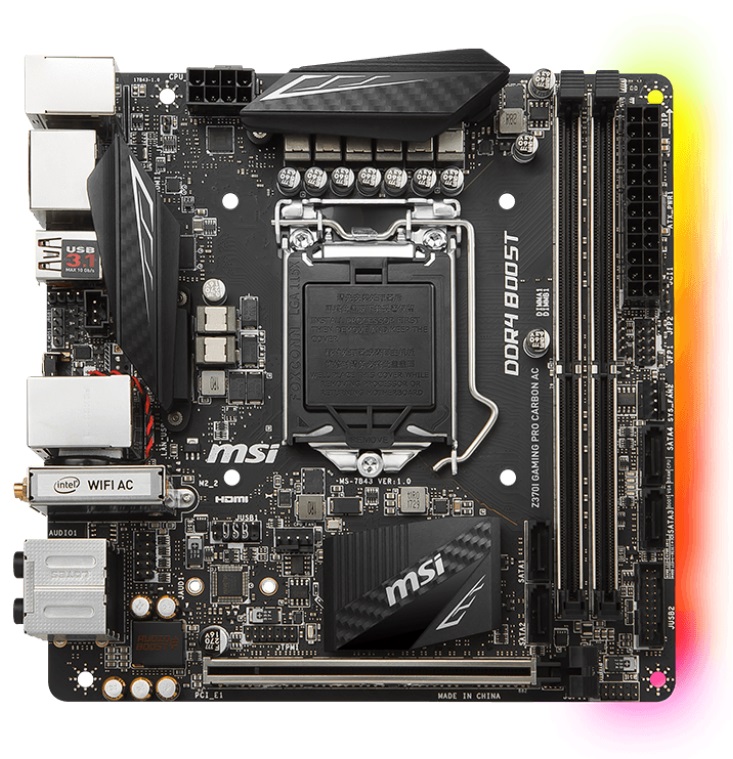 MSI has been an ardent supporter of the mini-ITX form factor with at least one good offering per generation going all the way to at least the Intel Z77 chipset. However, they haven't all been successful.
MSI has been an ardent supporter of the mini-ITX form factor with at least one good offering per generation going all the way to at least the Intel Z77 chipset. However, they haven't all been successful. Layout issues and M.2 ports that were too short to house modern SSDs were blots on the landscape while others were, thankfully, exceptionally good. The Z270-predecessor of the board we're looking at today was one of the better efforts, but there is some stiff competition this time round.
The new Z370I Gaming Pro Carbon AC sports a slightly lower price tag than its predecessor and it's worth pointing out that MSI has told us current pre-order pricing in the UK will be reduced to £160 before stock lands so make sure you pay that price and not the current £180. Meanwhile Gigabyte offers a considerable number of features on its new Z370N-WiFi for about the same price. Asus' all-singing, all-dancing ROG Strix Z370-I Gaming equivalent costs a fair bit more at around £190.
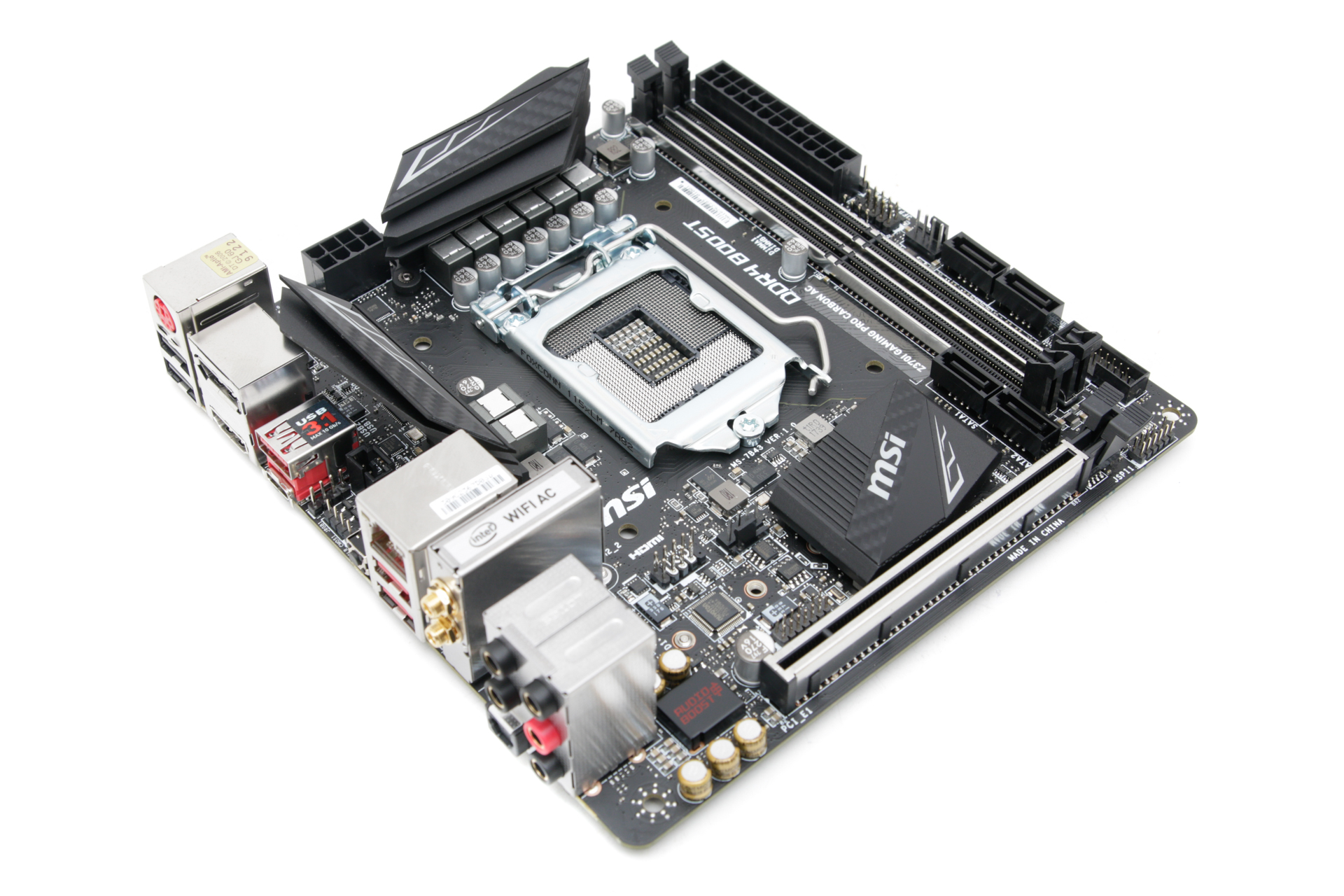
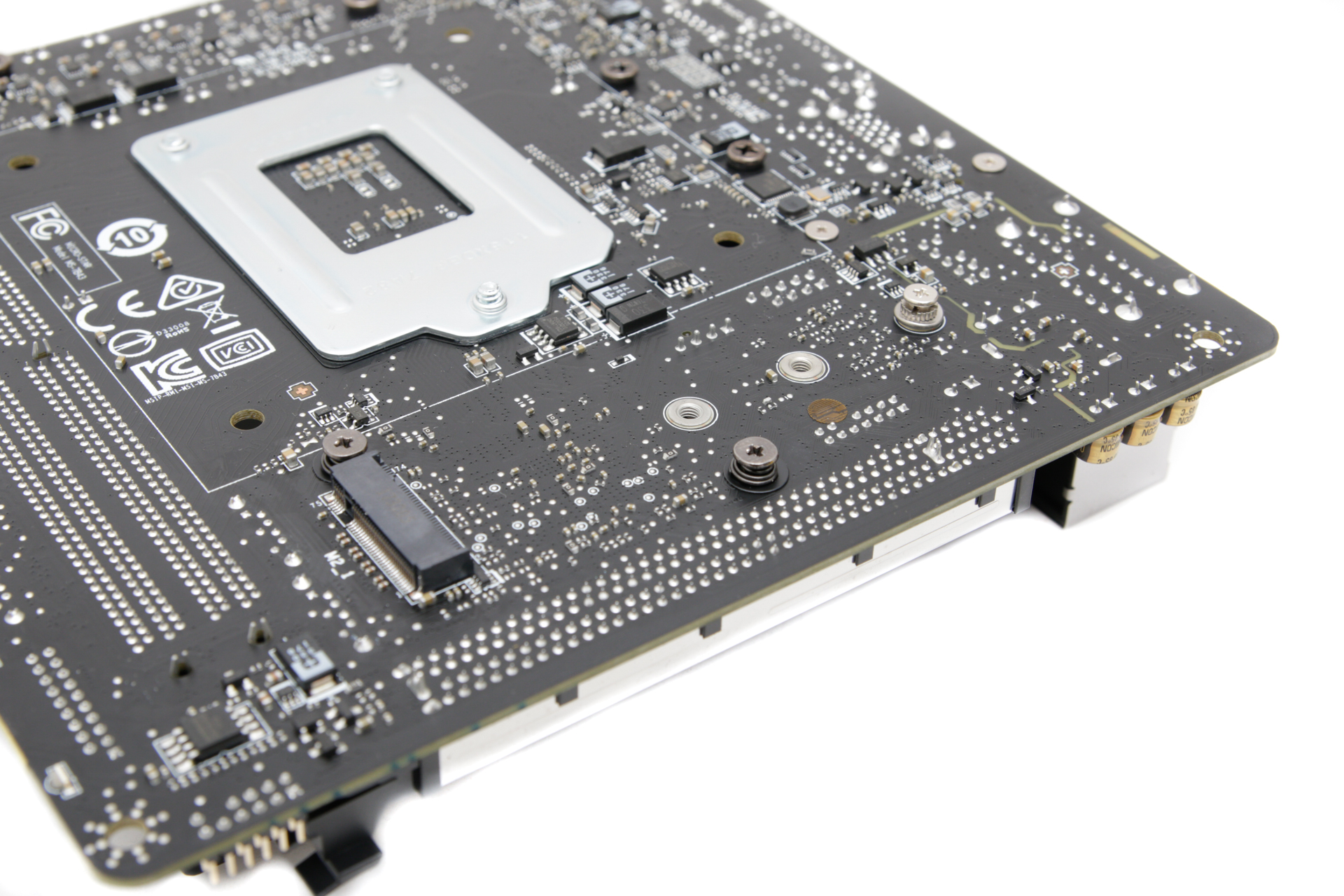
So how does the MSI stack up against those two boards? Well, the immediately obvious issue is that both of the other boards sport two M.2 ports, whereas the Z370I Gaming Pro Carbon AC only has one, which is located on the rear of the PCB. Not only this, but the Gigabyte board actually manages to include a large and effective heatsink for one port as well.

The MSI board only has two fan headers with one being for the CPU cooler - both the other boards have three. The Asus board also sports a USB 3.1 header for case that supports USB Type-C ports and has two more USB ports on the rear panel too. The Gigabyte board meanwhile offers a pair of Intel Gigabit LAN ports compared to the MSI's one.
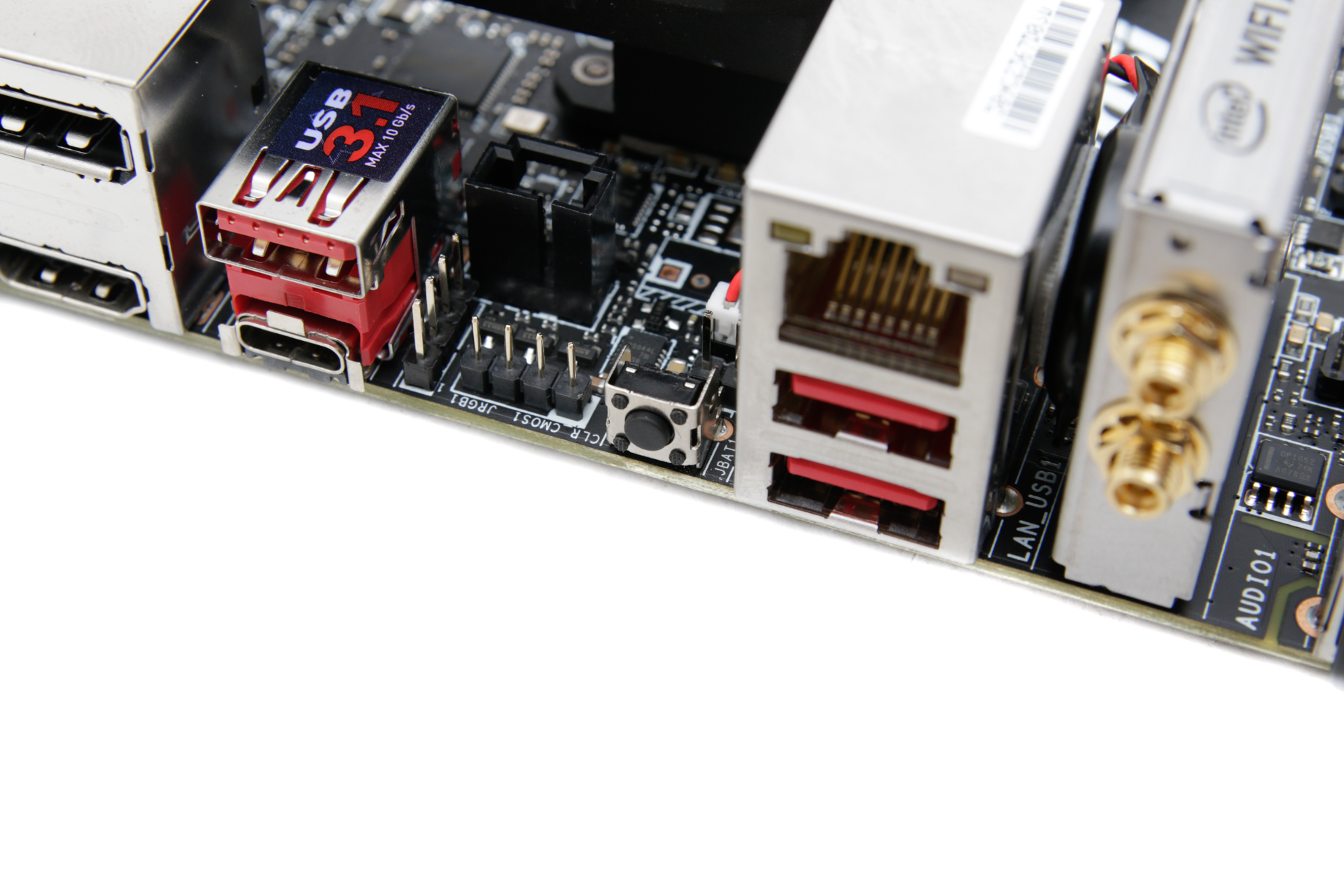
MSI fights back with an additional two power phases, a CMOS clear button, which is located on the rear I/O panel and a 3-pin header and cable in the box that support Corsair's HD RGB fans. It also has true USB 3.1 Gen 2 Type-A and Type-C ports, rather than USB 3.1 Gen 1/USB 3.0-powered ports which are included on the Asus and Gigabyte boards, plus more audio ports than the latter, including an optical output, which will make setting up extensive speaker systems a little easier. It has the same number of SATA 6Gbps ports as the other boards at four as well as onboard 802.11ac Wi-Fi, while the RGB lighting leaves the Gigabyte board in its dust, with numerous LEDs down the right side of the board plus a 5050 RGB 12V strip connector.
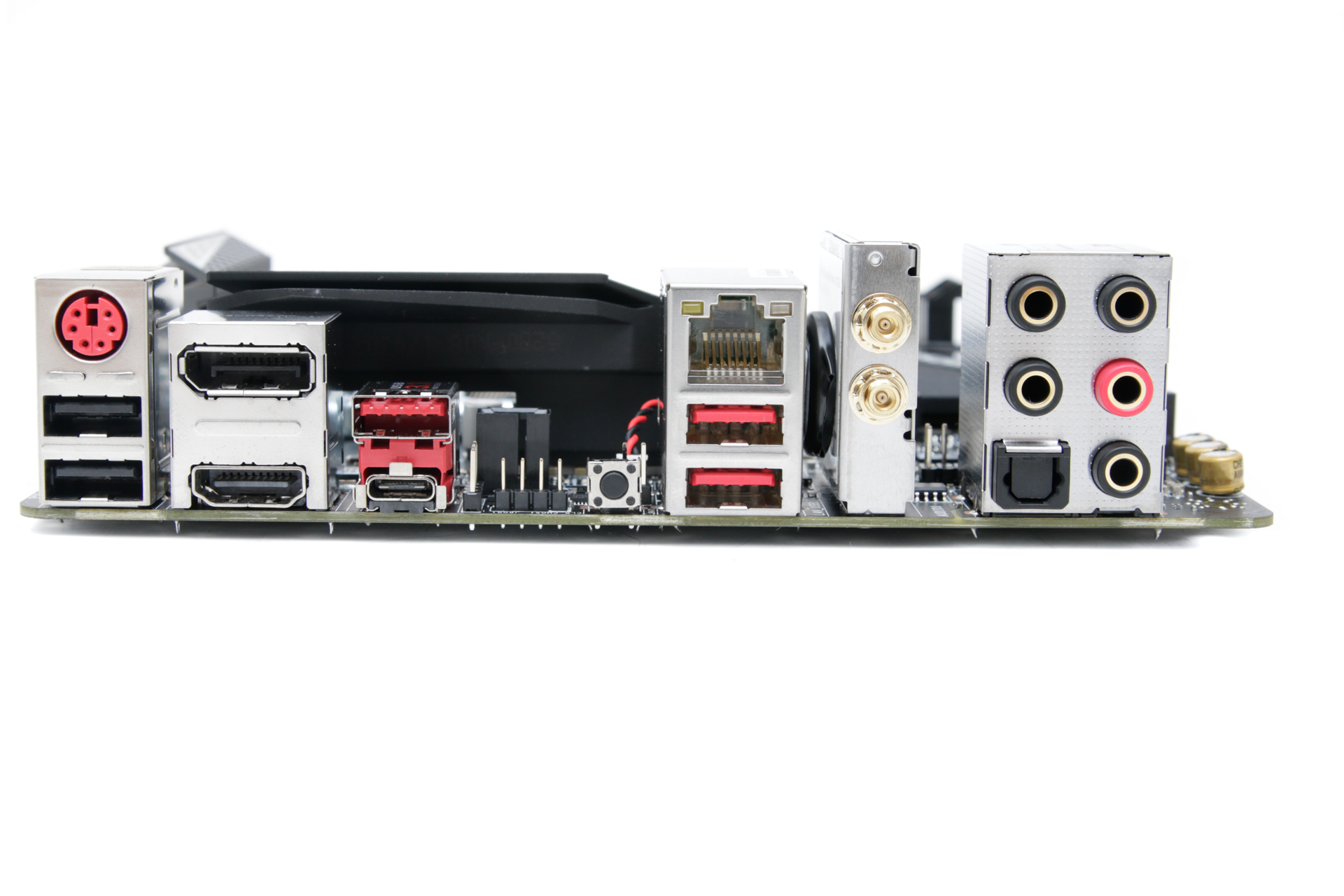
Specifications
- Chipset Intel Z370
- Form factor ATX
- CPU support Intel Socket LGA 1151-V2
- Memory support Dual-channel, two, max 32GB
- Sound Eight-channel Realtek ALC 1220A
- Networking 1 x Intel Gigabit Ethernet, 802.11ac Wi-Fi, Bluetooth 4.1
- Ports 1 x M.2 PCIe 3.0 x4 32Gbps (PCIe/SATA 6Gbps up to 2280), 4 x SATA 6Gbps, 1 x USB 3.1 Type-A, 1 x USB 3.1 Type-C, 1 x USB 3.1 header, 4 x USB 3.0 (2 via headers), 4 x USB 2.0 (2 via headers), 1 x LAN, audio out, line in, mic, Optical S/PDIF out
- Dimensions (mm) 170 x 170
- Extras Magnetic Wi-Fi aerials, RGB LED extension cable, Corsair HD RGB cable

MSI MPG Velox 100R Chassis Review
October 14 2021 | 15:04

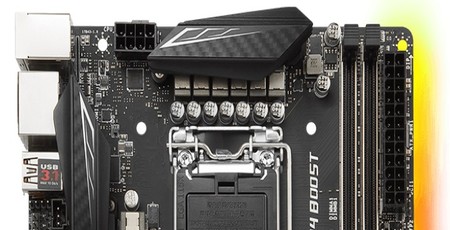
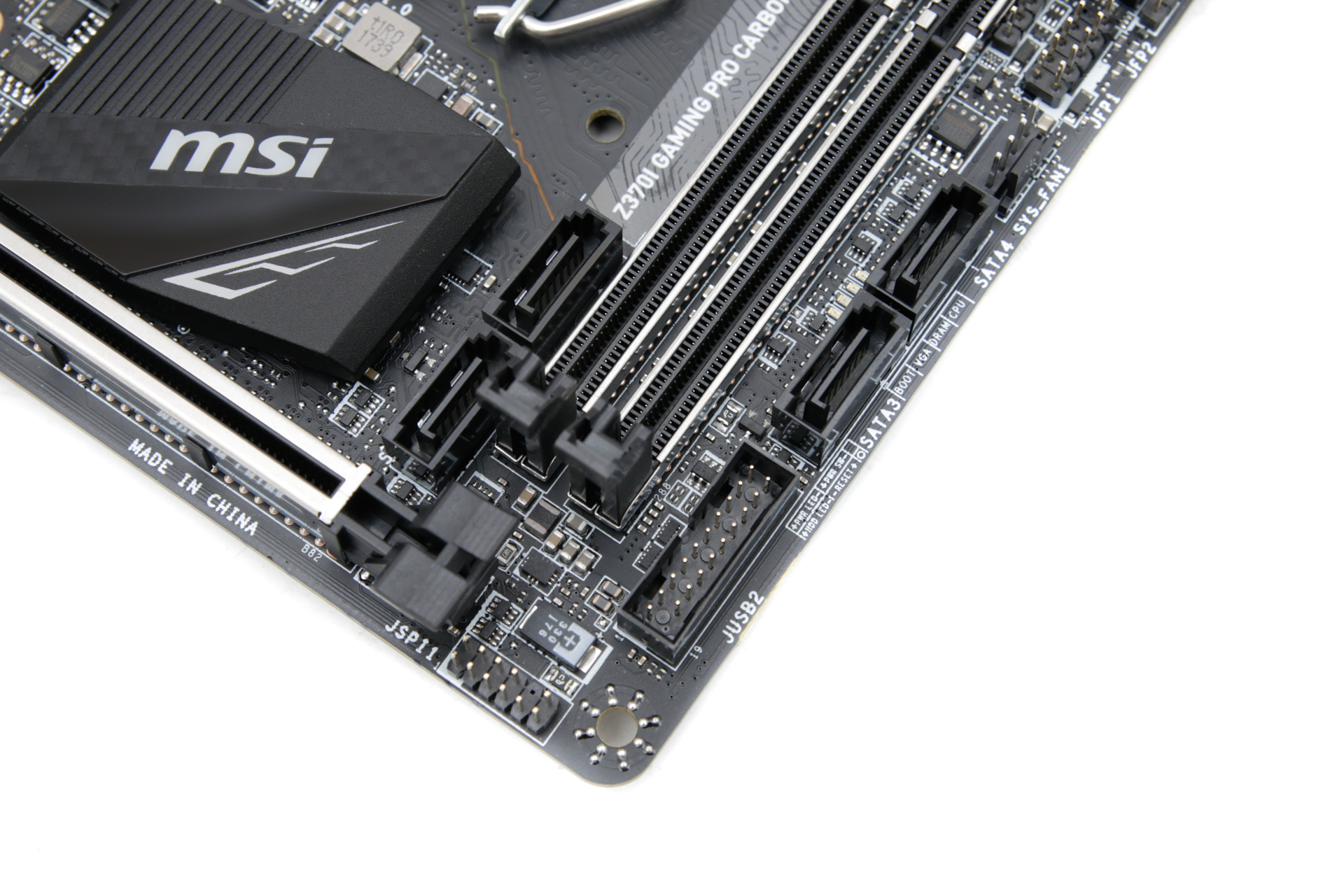
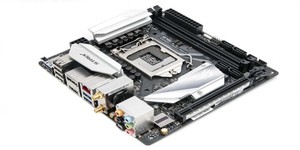
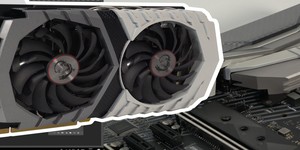
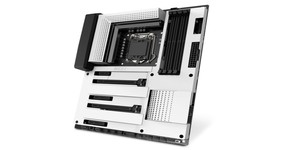




Want to comment? Please log in.